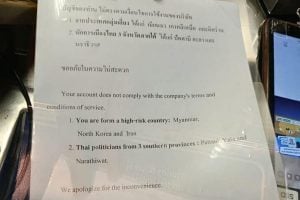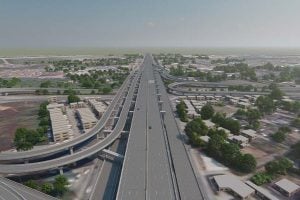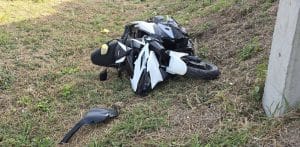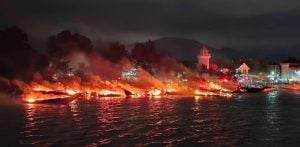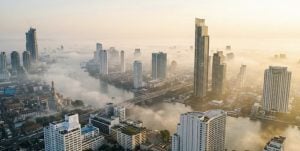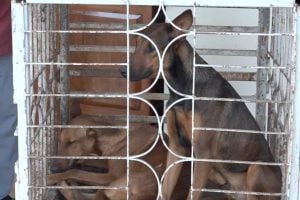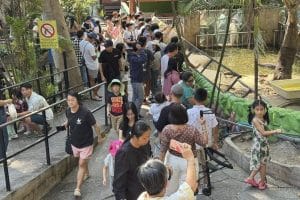Chiang Mai 3rd most polluted city in world in yesterday’s air quality ratings
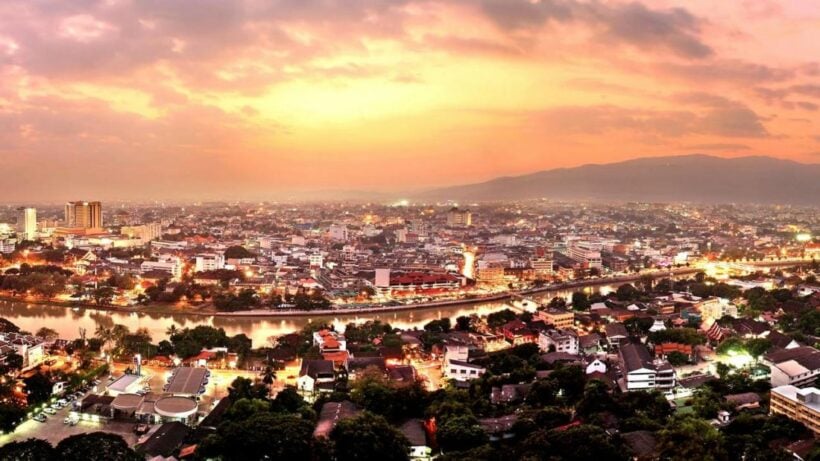
Chiang Mai ranked as the 3rd most polluted city in the world yesterday, according to AirVisual, following Lahor in Pakistan and New Delhi in India. The northern Thai city’s was recorded to have an average PM2.5 dust level higher than 200.
All 4 air quality monitoring stations in the municipal area reported the PM as exceeding the safe level, with the deputy chief of an air pollution command citing some 928 hotspots detected across the nation’s 17 northern provinces.
In Tak province, its PM2.5 and PM10 ratings exceeded the safe level for 4 consecutive days, affecting people’s health and road visibility. Mae Sot district yesterday saw the PM 2.5 and PM10 measured at 114 and 171 µg/m3 with people being advised to avoid all outdoor activities and stay away from areas with high air pollution.
The governor of Tak says the province has initiated measures to prevent forest fires and to prohibit the burning of old crops for 2 months starting from March 1. Those who are caught burning or carrying hunting equipment will be charged by forest patrol officers.
The Department of Health Director-General says tropical storms in the northern part of Thailand would help reduce the PM2.5 in Bangkok, the Central Plains, the East and the lower North over the next few days. But some areas in the north, northeast and central plains may see more pollution due to burning in the country and smoke from neighbouring countries.
The Director advised people to protect themselves by wearing a face mask when going outside and follow air pollution news on the official website of the Department of Pollution Control.
According to IQAir, Chiang Mai’s air quality index is at 176, with the PM2.5 measured at 103.9 µg/m³, sitting at unhealthy levels.
Meanwhile, the PM2.5 air pollution was behind approximately 160,000 deaths in the world’s 5 most populous cities in 2020, according to a Greenpeace Southeast Asia analysis of IQAir data from a live Cost Estimator.
SOURCE: Bangkok Post
Latest Thailand News
Follow The Thaiger on Google News:




